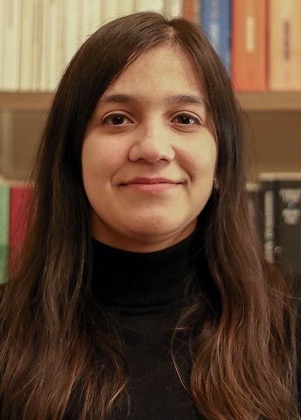


Self-assembly is a very intriguing process common to biological systems as well as to technological applications. Driven by hydrophobic interactions, lipids self-assemble into bilayers to form the plasma membrane in living cells. There they contribute to protecting the cell from its surrounding, allowing selective permeation of small molecules. Through a similar process, surfactants and amines self-assemble to form highly ordered mesophases, which then act as templating structures around which the final ordered material is created. Computer simulations and in particular molecular dynamics, can help us to understand the interactions taking place at molecular level in these highly complex systems, hence allowing us to direct self-assembly towards the desired structures or molecular arrangements. In this presentation examples of this approach will be discussed with regards to case of ternary model membranes and bio-inspired silica materials synthesis, using a combination of atomistic and coarse-grained simulations.#briefbio



Self-assembly is a very intriguing process common to biological systems as well as to technological applications. Driven by hydrophobic interactions, lipids self-assemble into bilayers to form the plasma membrane in living cells. There they contribute to protecting the cell from its surrounding, allowing selective permeation of small molecules. Through a similar process, surfactants and amines self-assemble to form highly ordered mesophases, which then act as templating structures around which the final ordered material is created. Computer simulations and in particular molecular dynamics, can help us to understand the interactions taking place at molecular level in these highly complex systems, hence allowing us to direct self-assembly towards the desired structures or molecular arrangements. In this presentation examples of this approach will be discussed with regards to case of ternary model membranes and bio-inspired silica materials synthesis, using a combination of atomistic and coarse-grained simulations.#briefbio